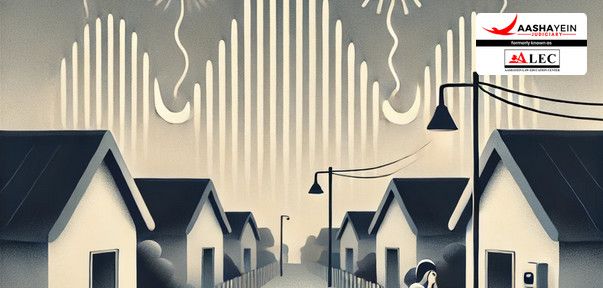In this case, a Public Interest Litigation (PIL) was filed in the Supreme Court raising concerns about noise pollution caused by loudspeakers, and firecrackers during religious events, including bhajans and other performances, in busy commercial areas. The petitioners argued that these loudspeakers, especially when used on weekly holidays, created a serious nuisance for residents living nearby. They claimed that the excessive noise disrupted daily life and made it difficult for people to enjoy peace and rest in their homes.
Issues before the Court
The Court examined whether noise pollution violates Fundamental Rights under the Constitution, particularly the right to life (Article 21) and freedom of speech and religion (Articles 19 and 25). It also considered what relief could be granted in the public interest, such as restrictions on loudspeakers, time limits, and noise regulations to balance individual rights with public welfare.
Arguments
The petitioner approached the Court under its writ jurisdiction, seeking protection from noise pollution in the future. The main request was for strict enforcement of existing laws regulating the use of loudspeakers and high-volume audio-video systems. While the case broadly covered various noise pollution concerns, the petitioner specifically focused on disturbances caused by fireworks, loudspeakers at political and religious gatherings, and noise during festivals and social events.
On the other hand, opposing arguments were raised during the case. It was contended that firecrackers are an integral part of cultural and religious celebrations, and restricting them would infringe on cultural rights. Additionally, concerns were raised about the negative impact on the firecracker industry, which provides employment to many workers and their families. The Government also highlighted practical challenges in effectively implementing noise control policies.
You can also read the Blog by visiting [Blog]
For more information, visit [Aashayein Enquiry Section]
Analysis of the Court
The Supreme Court acknowledged the serious problem of noise pollution, even in residential areas, and examined various legal issues related to it. The Court analyzed the ineffectiveness of existing environmental laws in India, compared approaches taken in other countries, and reviewed environmental standards and regulations before issuing specific directions to address the issue. These directives covered multiple sources of noise pollution, including firecrackers, loudspeakers, vehicle noise, and public awareness measures.
Some key rulings included a complete ban on bursting sound-emitting firecrackers between 10 PM and 6 AM, restrictions on noise levels in public places, and a prohibition on using loudspeakers, drums, or amplifiers at night except in emergencies. The Court also directed that horns should not be used in residential areas at night unless absolutely necessary. Additionally, it emphasized the need for long-term awareness programs by incorporating civic education on noise pollution in school textbooks, organizing special lectures for students, and launching public awareness campaigns, especially before festivals and events.
The Court issued these guidelines under its powers granted by Articles 141 and 142 of the Constitution, making them enforceable as the law of the land until modified by legislation or further judicial intervention. While the judgment sets strict rules to curb noise pollution, its effectiveness depends largely on the ability of the executive authorities to implement and enforce these measures.
Concluding Remarks
The Supreme Court’s decision in this case was a significant step toward addressing the growing issue of noise pollution in India. By recognizing the failure of existing environmental laws and the need for stricter enforcement, the Court set clear guidelines to regulate different sources of noise, including firecrackers, loudspeakers, and vehicular noise. The ruling also emphasized the importance of public awareness and education in tackling noise pollution.

